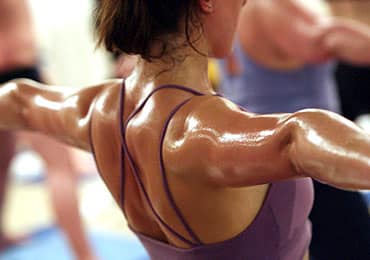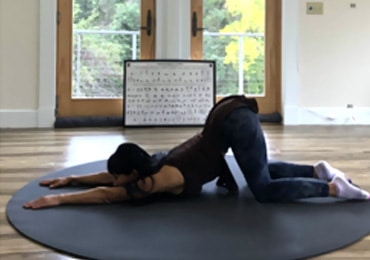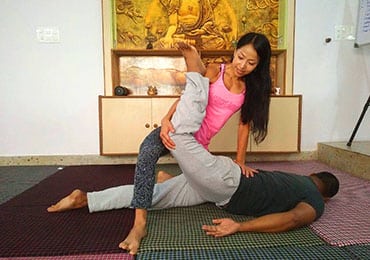Hot yoga offers many of the same benefits as traditional yoga, but, with the heat turned up, hot yoga has the ability to give your heart, lungs, and muscles an even greater, more intense workout. Hot yoga offers a wide variety of benefits for both mind and body. It can help you burn calories, build bone density, boost your cardiovascular fitness, and improve your flexibility, and deeply detoxifies. It may also help ease depression and reduce stress. If you have any health conditions, including heart or artery issues, diabetes, anorexia nervosa, a history of fainting, or heat intolerance, consult your doctor first before doing a hot yoga session. For all levels!
What To Wear To A Hot Yoga Class
When dressing for hot yoga, wear clothing that will keep you most cool. Moisture-wicking pieces are ideal, as is workout gear with antimicrobial properties. You’ll want to avoid cotton because it absorbs moisture; that means that when you sweat, your clothing will grow heavier, which won’t be comfortable. The more lightweight your fabric choices are, the better you’ll feel.
How To Get Started With Hot Yoga
If you’d like to take a hot yoga class, there are a few steps that will help you be as prepared as possible. First, on the day of your class, you should make sure to drink plenty of water. Since you’ll be sweating a lot, arriving hydrated
will ensure you don’t dehydrate quickly. You’ll want to bring a yoga mat, a bottle of water, bring warm clothing for afterward and a towel for wiping off your sweat.







